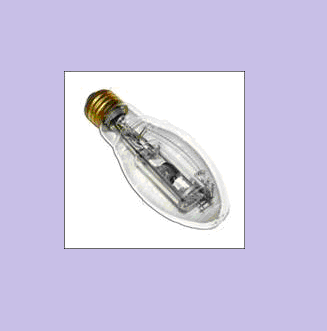Comparision of conventional energy resources
Conventional energy is obtained from the conventional energy resources such as coal, diesel, gas and nucleus. These are non-renewable resources and may exhaust in few decades if consumed at the current rate. The burning of fossil fuels produces harmful gases such as nitrous oxide, carbon monoxide, sulphur-di-oxide etc and pollutes the environment. The comparison of various … Read more



